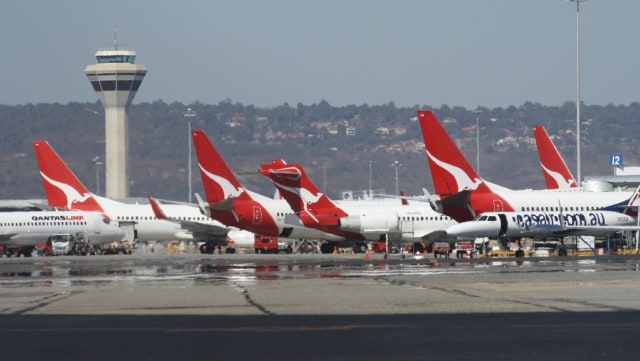
The federal government has pledged another $78 million in financial aid to Australia’s aviation sector, to continue supporting the industry’s post-COVID recovery.
Deputy Prime Minister Barnaby Joyce announced the new program on Monday, dubbed the Aviation Recovery Framework, and said it noted the significant contribution of a strong regional aviation sector in supporting economic prosperity throughout the nation.
The framework encompasses a number of separate funding programs, acutely targeting regional airports and general aviation operators as opposed to commercial airlines.
First, the government will offer a $30 million rebate program to general aviation and recreational operators, in order to install “critical safety-boosting technology” in their aircraft and enhance safety outcomes.
Also included is an additional $29 million in grants under a third round of the Regional Airports Program, to improve safety and accessibility at Australia’s regional airports and aerodromes, as well as $15 million in grants specifically to upgrade the most remote aerodromes in Australia, under the new Remote Airstrip Upgrade Program.
The final $4 million has been pledged to extend the government’s Women in the Aviation Industry Initiative, to support programs working to increase the number of women working in the industry.
These new funds join an existing $32.6 million program dubbed the Emerging Aviation Technology Partnerships Program, which seeks to accelerate the development of new aviation technologies, including drones and low-emission solutions.
The new funds add to the nearly $5.3 billion in government aid offered to the aviation industry since the beginning of the pandemic.
“The COVID-19 pandemic has had a significant impact on the aviation sector, with border closures and health safety measures limiting air travel for well over 18 months now,” Deputy Prime Minister Joyce said.
“As a critical enabler of economic activity, the government is focused on ensuring the industry returns to pre-pandemic levels as soon as it is safe to do so. We also want the sector to grow into the future.”
“We are putting in place policies and regulation to foster a competitive, safe and secure aviation sector that all Australians can rely on, and not just for travel and leisure purposes,” Joyce added.
“Aviation is integral to our national supply chains, providing essential services to regional and remote communities and connecting Australian businesses with international markets.
“Importantly, general aviation is a key pillar in our strategy. This is in recognition of the many critical services it contributes to the sector, none more important than flight and maintenance training capability.
“The framework builds on the assistance we have provided to date and will provide the policy and financial settings aviation operators need to recover strongly and grow on the other side of the pandemic.”
In response to the news, the Australian Airports Association (AAA) chief executive James Goodwin said he was pleased the government had again committed to support the sector, after more than 18 months of stop-starts, border closures and record low passenger numbers.
“While domestic borders are beginning to reopen and international travel is back on the cards for Australians, airports are by no means out of the woods yet,” Goodwin said.
“Our independent modelling has shown it will take several years for sector to return to pre-pandemic levels, particularly as new variants of the virus emerge with current rising case numbers making would-be travellers nervous.”
Goodwin said that airports are “disappointed” that existing programs, including the Domestic Airports Security Costs Support (DASCS) program, are scheduled to end on 31 December, despite the fact that domestic passenger numbers remain at just 25 per cent of pre-pandemic levels.
“Operators of rural and remote airstrips are pleased to see the government invest a further $15 million in the Remote Airstrip Upgrade Program (RAUP) which will fund critical infrastructure upgrades to ensure our remote and Indigenous communities remain connected to the rest of Australia,” he said.
However, while Goodwin also welcomed the third round of funding under the Regional Airports Program, he noted that currently “no further funds have been allocated”.
“Maintaining existing and building new infrastructure assets remains the number one challenge for both large and small regional airports and we would encourage the government to consider a top up of the funds for this program as part of the federal budget in March,” he said.
“The government must also urgently consider supporting the major airports in upgrading security screening infrastructure so that it’s in line with international standards.”
Goodwin and the AAA also added that support for airports targetting net zero emissions should also be a focus for the government, as well as rearrangement of the current slot system at Sydney Airport.















